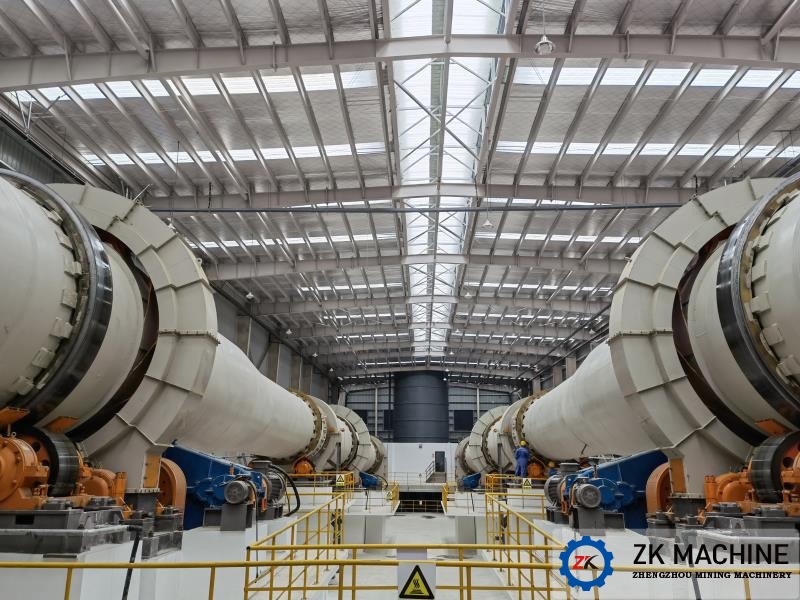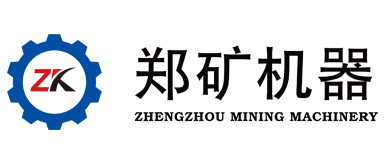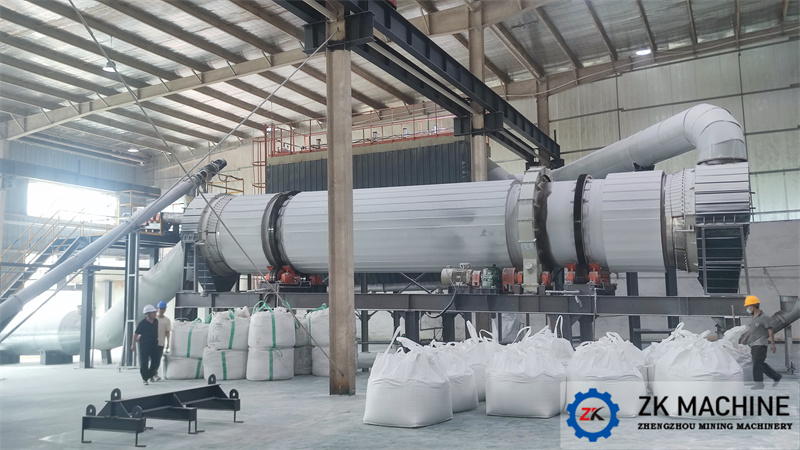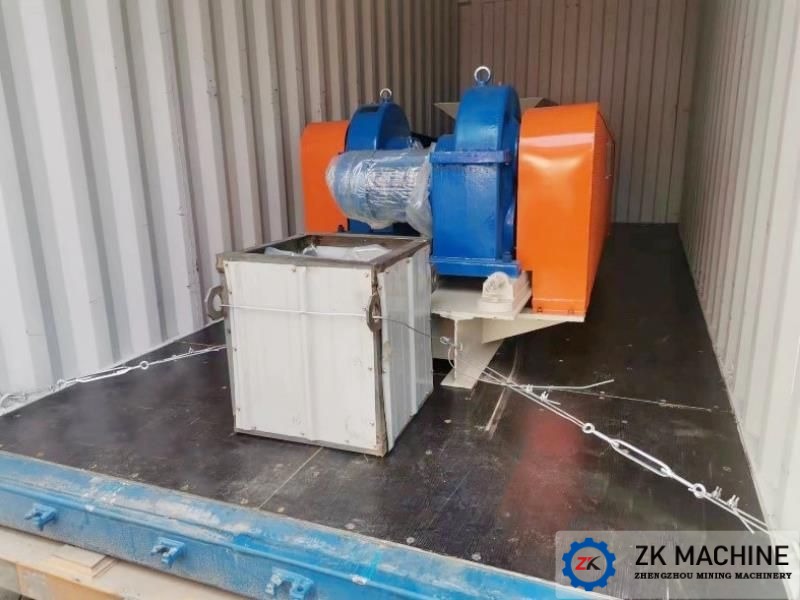Turning Waste into Treasure: Turning Coal Gangue into Gold, Creating a New Future of Green High-strength Aggregate
In China's main coal-producing areas, the "black mountains" of coal gangue were once a heavy burden on the ecological environment. These ores, long regarded as waste, have now been transformed into high-performance aggregates for construction, roads and other fields through technological innovation - not only solving the problem of solid waste management, but also opening up a green circular economy path of "resources-products-renewable resources".
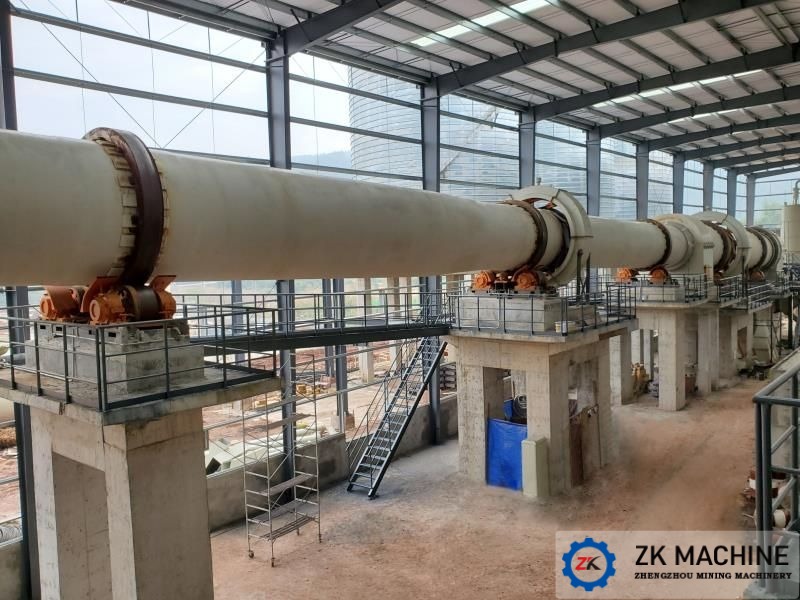
1.Coal Gangue High-Strength Aggregate: Why is it a disruptive breakthrough?
Traditional construction aggregates rely on natural sand and stone mining, which not only consumes resources, but also causes problems such as soil erosion. The birth of coal gangue aggregate directly hits two major pain points:
1.1 Environmental value: Every 10,000 tons of coal gangue utilized can reduce land occupation by 3 mu, reduce CO₂ emissions by 5,000 tons, and avoid soil pollution by sulfides and heavy metals.
1.2 Performance advantages: The modified coal gangue aggregate has a compressive strength of over 30MPa and a water absorption rate as low as 5%. Some indicators are even better than natural stone and can meet the demand for high-strength concrete above C50.
Case highlights: An Anhui company has successfully applied expanded clay aggregate prepared from local coal gangue to high-speed railway bridge projects, increasing concrete durability by 20% and reducing overall costs by 15%.
2.From "waste" to "fine product": revealing the core technology
The transformation of coal gangue into high-strength aggregate requires precise "genetic modification":
2.1 Accurate "physical examination": component analysis and pretreatment
Intelligent sorting: magnetic separation to remove iron, calcination to remove carbon, and chemical leaching of heavy metals to ensure that the raw materials are "pure and flawless".
High temperature calcination: Under a controlled atmosphere of 900℃, the gangue is "transformed" into active minerals, laying the foundation for strength.
2.2Turning stones into grains: dual-path molding process
High temperature sintering method (applicable to high-performance scenarios):
Add clay and press into shape, sinter at 1300℃ to form lightweight ceramsite, with controllable porosity and strength comparable to natural gravel.
Cold pressing curing method (applicable to low-cost scenarios):
Mix cement and activator, press and maintain at room temperature, the strength can reach the standard in 7 days, and energy consumption is reduced by 40%.
2.3 Performance "blessing": making aggregates better quality
Surface coating technology: Silane coupling agent "wraps" aggregates, increasing the bonding strength with cement by 50%.
Grading optimization design: The ratio of coarse and fine particles is matched through AI algorithm, and the density of concrete reaches 98%.
